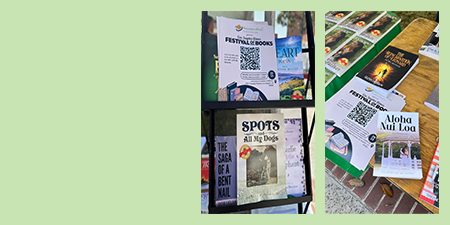Abiogenesis, Scientific Limits, and Theological Perspectives
Open any news feed today and you’ll see it: stunning breakthroughs in science. AI learning to “think,” telescopes capturing galaxies billions of light-years away, and researchers recreating conditions of the early Earth in hopes of explaining how life began. It feels as though humanity is on the verge of answering some of the deepest mysteries of existence.
And yet, one question remains as stubborn and unsolved as ever: How did life come from non-life?
This is exactly where J. Lynn Currie’s book, I Believe in Santa Claus and I Believe in God, enters the conversation. Written with honesty and humility, Currie doesn’t dismiss science, he respects it. But he also points out its limits and reminds us that the spark of life may not be a puzzle chemistry can solve. For him, life itself is evidence of something greater: a Creator who is the source of all that exists.
Currie’s central thought is simple: life cannot come from non-life. For decades, scientists have tried to show how non-living matter could have organized itself into the first living cell. While experiments have produced some of the chemical “building blocks” of life, no one has ever created life itself. Currie sees this gap not as an embarrassment to science, but as a clue that the origin of life is more than a scientific question. Even if researchers one day managed to produce a living organism in a laboratory, it would still take careful planning, intelligence, and purpose, hardly the kind of blind accident that abiogenesis proposes.
For Currie, the very complexity of life underscores the point. Even the simplest cell is packed with intricate systems that function like a tiny factory. It is difficult to imagine such complexity appearing without guidance. Life also depends on the laws of nature, the unseen rules of chemistry and physics that make order possible. Those rules had to exist before life did, and they raise their own question: where did the rules come from? To Currie, the most reasonable answer is that they were authored by a Creator.
What makes his book especially relatable is not just the arguments, but the way he frames them. Currie is not trying to shut down science or belittle those who doubt. Instead, he invites readers to marvel at the mystery. He acknowledges that science has accomplished much but insists that it cannot explain everything. And when it comes to life’s origin, he believes the best explanation is that life comes from Life itself, from God.
In a world that often pits science and faith against each other, Currie’s perspective feels refreshing. He doesn’t ask us to reject discovery or curiosity. Rather, he asks us to recognize that our ability to wonder about life at all points to something deeper. The puzzle of life’s origin is not just about molecules or cells; it is about meaning.
The truth is, the question of how life arose may never be fully solved in a laboratory. But perhaps that is not a failure. Perhaps it is an invitation to keep searching, to keep questioning, and to hold together both our curiosity and our faith.
If life truly cannot spring from non-life, then maybe it is best understood not as an accident of chemistry, but as a gift from the Creator who is Life itself.
Purchase I Believe in Santa Claus and I Believe in God: Why I Believe” by J. Lynn Currie via these links:
- Walmart: https://www.walmart.com/ip/I-Believe-in-Santa-Claus-and-I-Believe-in-God-Why-I-Believe-Hardcover-9798893894424/10717607468?classType=REGULAR&from=/search
- Amazon: https://www.amazon.com/Believe-Santa-Claus-God-Why/dp/B0CYSQBDPW
- ARPress – https://authorreputationpress.com/bookstore/i-believe-in-santa-claus-and-i-believe-in-god-why-i-believe/






